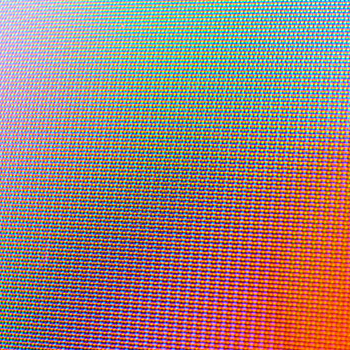How do you solve and graph #abs(r+2)>6#?
1 Answer
"Greater than" is an "OR."
Explanation:
To solve an absolute value inequality in one variable, first separate it into cases involving "less than" (
Next, if the inequality is not alone on one side, subtract or add to get it by itself. In this case we already have
Now observe that 6 is positive. This is a "normal" case. Zero is a special case, and a negative number is a special case.
The normal case for greater than splits into two inequalities separated by OR. The first is the same inequality without the absolute value. For the other, reverse the inequality, and change the sign of the number on the right side:
Solve each separately.
Also
Our solution is
To graph this on a number line, place open circles at -8 and at 4.
An open circle indicates that the endpoints are not part of the solution. We know this since the inequality is ">" instead of "
Shade to the LEFT of -8.
Shade to the RIGHT of 4.

